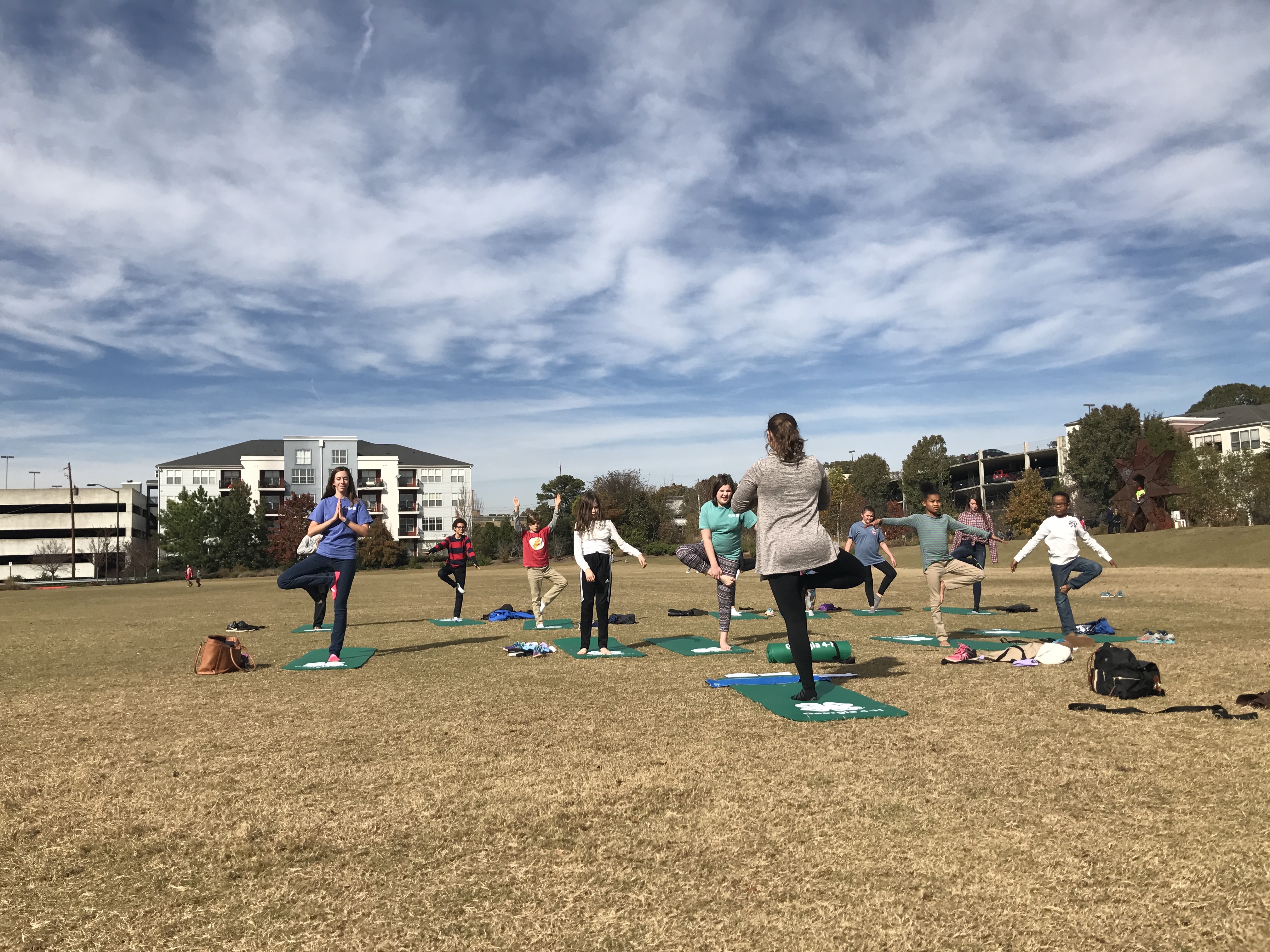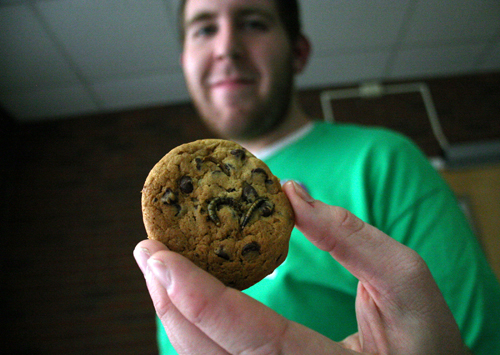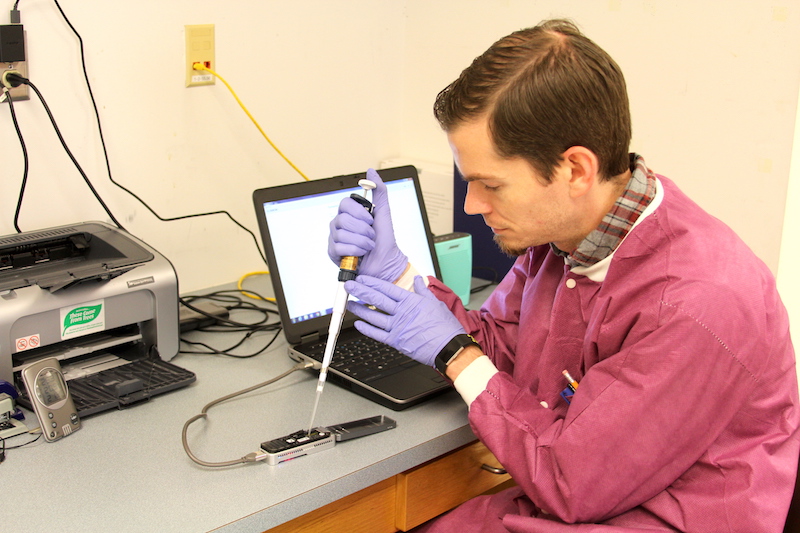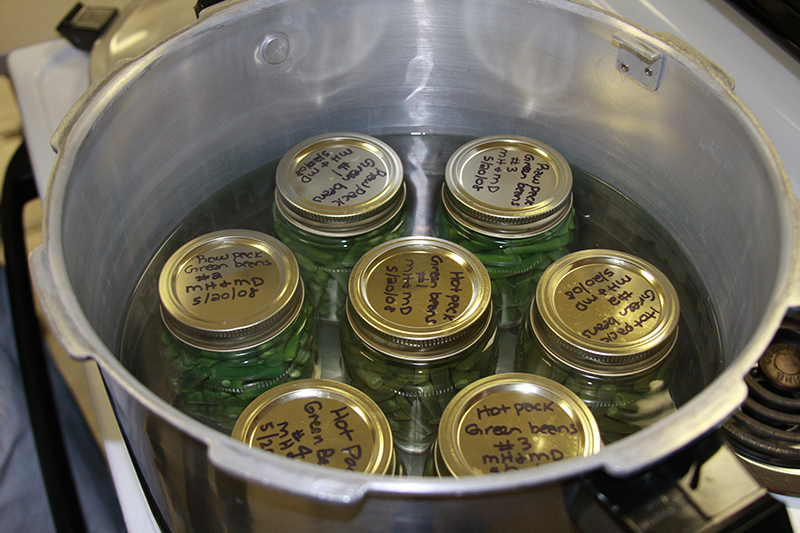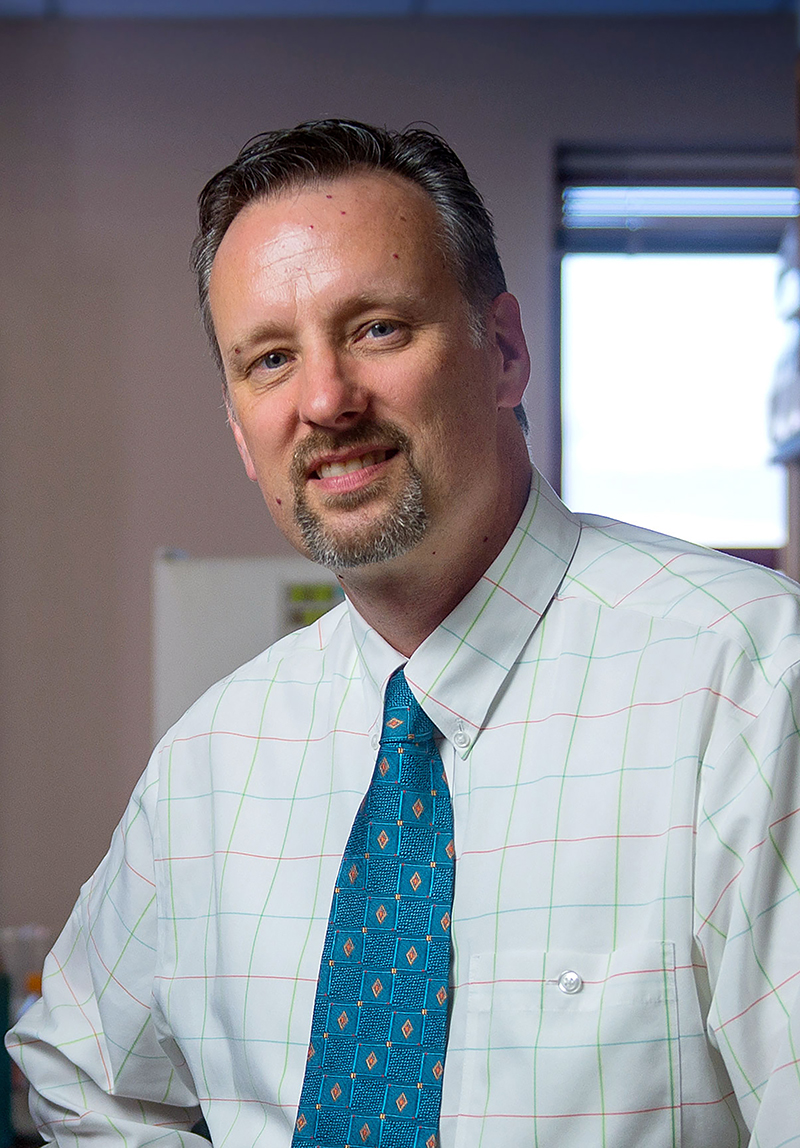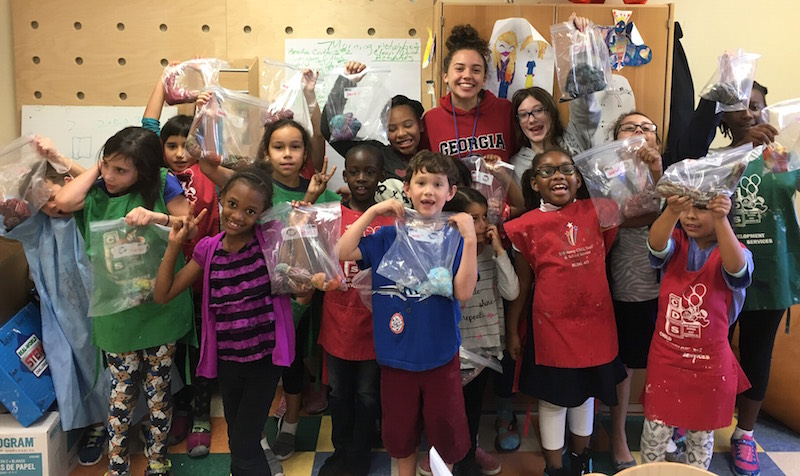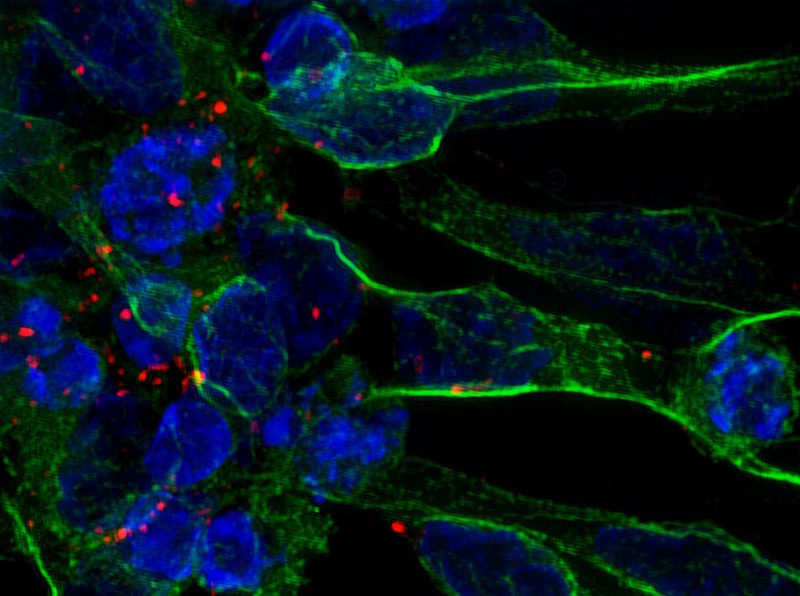Clean Eating
Over the past few years, “clean eating” has become a popular way to describe a diet of simple foods, and food manufacturers have taken note. Following consumer demand, food companies have simplified their ingredient lists, introduced clean labeling and started to advertise their products as “clean.”

